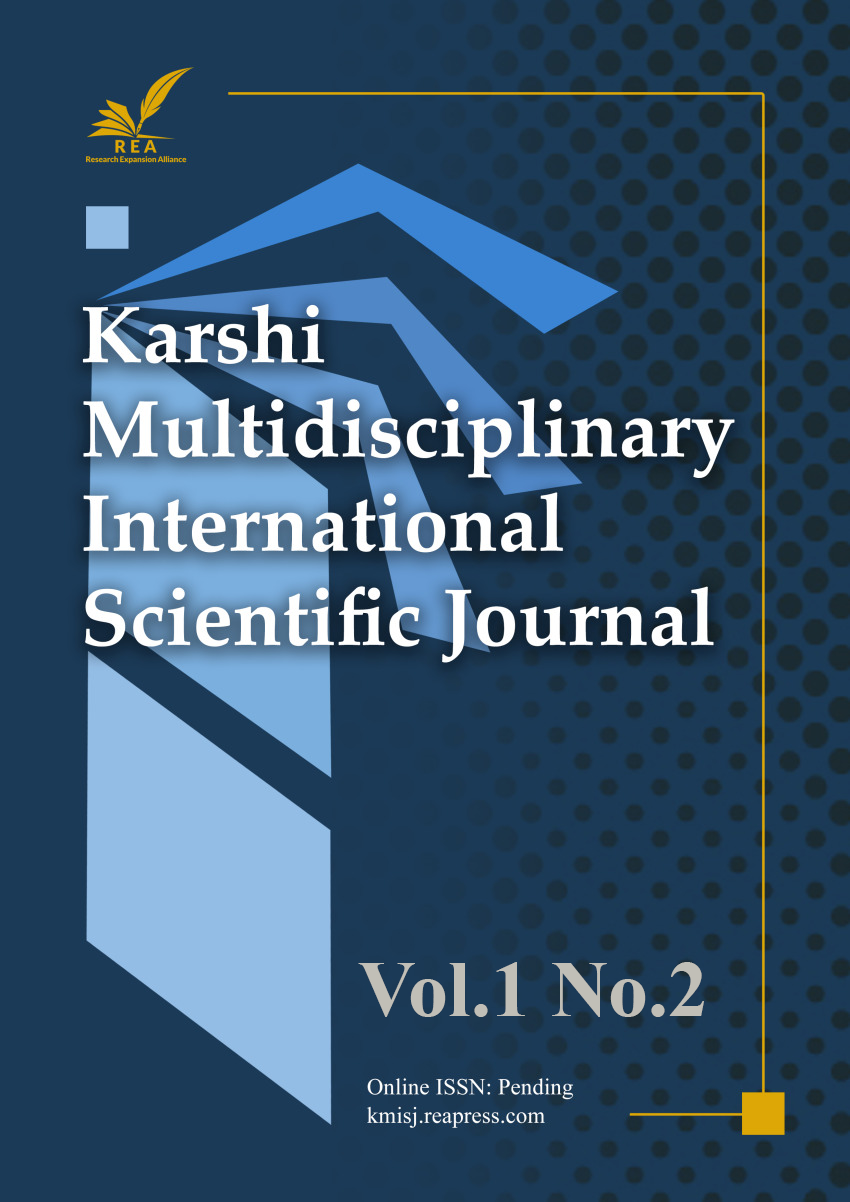Some Aspects of Albanian Seismic Activity in 2022
DOI:
https://doi.org/10.22105/kmisj.v1i2.60Keywords:
Earthquake, Seismicity, Tectonic fault, Crust, Local magnitudeAbstract
Albania is situated in the Alpine-Mediterranean seismic belt, which includes the zone of contact between the lithospheric plates of Africa and Eurasia. The main cause of Albanian seismicity is the collision of the Adria microplate with the Albanian orogeny. This study presents the results of the analysis of parameters of events and some features of the seismicity
that occurred in Albania and its surrounding area during the year 2022. During this year, seismic activity in Albania and its surroundings was characterized by normal seismic activity. In this territory (39.0-43.0N-18.5-21.5E), a total of 3573 earthquakes were recorded, with 7 of them
felt by the population of Albania. These earthquakes ranged in magnitude from 0.2 to 5.5 on the Richter scale, with an average depth of 14 km and a maximum depth of 90 km. Of these, 817 had a magnitude ML >2.0 (Richter), 26 had a magnitude ML > 3.5, and 2 had a magnitude ML > 4.3. The earthquake foci were concentrated mostly along five active fault zones: Durresi -Rodon Cape, Lezha - Ulqin, Thirre - Iballe, Vlore – Elbasan - Diber, and Korca - Oher, as well as the Ionian fault zones. The analysis of focal depths indicates that the seismic activity was mainly generated in the upper and middle crust. An increase in seismic activity was registered on the southern border of Albania in Greek territory. The focal mechanism parameters of a moderate earthquake with magnitude ML4.3 that occurred during 2022 can be used to shed light on the seismotectonics of the Thirre (Fushe Arrez) fault zone and the current stress field. This article analyzes the level of seismicity for the year and some of its main features.
References
Sh. Aliaj, S. Kociu, B. Muco, E. Sulstarova, Seismicity, seismotectonics and the seismic hazard assessment in Albania. Academy of Science of Albania. Tirana. Albania (2010).
F. Basholli, A. Daberdini, Rr. Ormeni, Simulation based on historical data and expectations for tsunamis in the Adriatic and Ionian Seas. The 9 Advanced Engineering Days (AED), Tabriz, Iran on July 9–10 (2024).
E. Çomo, E. Tako, A. Hasimi, Rr. Ormeni, O. Gjuzi, M. Ndrita, Physicochemical characteristics and usage possibilities of Elbasan thermal water, International Journal of Energy and Environmental Engineering, 18:1 29–34 (2024).
B. Ethem, O. Rrapo, G. Gezim, H. Albana, N. Dhurata, The impact of river sedimentation on the variability of the sea floor topography is one of the factors with a significant impact on the dynamic of the coastline. 23rd International Multidisciplinary Scientific GeoConference SGEM, Albena Resort & Spa, Bulgaria, July 1–10 (2023).
IGEO, Institute of Geoscience Monthly seismological bulletin of Albania. www.geo.edu.al., (2022).
J. Haskov, L. Ottemoller, Seisan: The earthquake analysis software. University of Bergen Norway (2008).
F.W. Klein, Users Guide to Hypoinverse 2000, a FORTRAN program to solve for earthquake location and magnitude, USGS, 35–38 (2002).
J. Mihajevic, Rr. Ormeni, Rr. Bozo, Macroseismic field anisotropy of the ML6.3 (Mw=6.4) earthquake of 26 November 2019 in Durres, Albania. JNTS, Journal of Albanian Science Academy. 52, 55–64 (2021).
Rr. Ormeni, P- & S-Wave Velocity Model of the crust and uppermost mantle of the Albania region. Elsevier, Journal Tectonophysics, Vol 497, 114–121 (2011).
Rr. Ormeni, S. Kociaj, A. Fundo, Sh. Daja, V. Doda, Moderate earthquakes in Albania during 2009 and their associated seismogenic zones. Italian Journal of Geosciences. Edition 132 Italy, (2013).
Rr. Ormeni, S. Ozturk, A. Fundo, Ç. Kemal, Spatial and temporal analysis of recent seismicity in different part of Vlora – Lushnja - Elbasani – Dibra transversal fault zone Albania. Austrian Journal of Earth Sciences, International Journal of the Austrian Geological Society, 110:2, 1–17 (2017).
Rr. Ormeni, A. Berberi, N. Frasheri, I. Hoxha, E. Silo, The series of Korca earthquakes 2019 to 2020 (Mmax = 5.3) and its seismogenic zone. The book: “Insight of Geosciences for hazard and education. Editor Florina Chitea”. Cetatea de Scaun (2022).
Rr. Ormeni, A. Hasimi, E. Como, D. Ndreko, I. Hoxha, R. Bozo, Spatial correlations between P-wave velocities anomalies, thermal waters sources and seismicity parameters in Elbasani zone. J. Int. Environmental Application & Science, JIEAS, 18:4. 132–138 (2023).
Rr. Ormeni, O. Gjuzi, I. Hoxha, N. Frasheri, Rr. Bozo, D. Gega, X. Kanani, Seismicity of Borshi-Kardhiq fault zone during this century. NSG2022 28th European Meeting of Environmental and Engineering Geo-physics. 18–22 September, Belgrade, Serbia (2022).
Rr. Ormeni, K. Skrame, H. Bilgin, X. Kanani, D. Mucaj, Assessment of seismoactive layers in the Albanian earthcrust. NSG2022 28th European Meeting of Environmental and Engineering Geophysics. 18-22 September 2022, Belgrade, Serbia. (2022).
Rr. Ormeni, A. Hasimi, S. Öztürk, E. Çomo, Correlations between seismic b-value and heat flow density in Vlora-Lushnja-Elbasani-Dibra fault zone in Elbasani area, central Albania. Baltica, 36:2 176–189 (2023).
S. Ozturk, Rr. Ormeni, A comprehensive spatiotemporal evaluation of the current earthquake activity in different part of the Frakull – Durres fault zone. Baltica, 34:2, 58–70 (2021).
K. Skrame, Rr. Ormeni, R. Muci, J. Pekmezi, O. Fociro, D. Muci, K. Sheteli, O. Gjuzi, Integrated subsoil model for a better earthquake emergency response plan: the case of Durres city, in Albania. Geoscience 8th edition, Bucharest. 7–11 November (2023).
M. Sokol, O. Rapo, F.P. Giuliano, Seismic characterization of Tirana - Durrës - Lezha region (northwestern Albania) and analysis effort through NDSHA method. Earthquakes and sustainable infrastructure. Neode-terministic (NDSHA) approach guarantees prevention rather than cure. Elsevier. Elsevier.com/book and journals, (2021).

